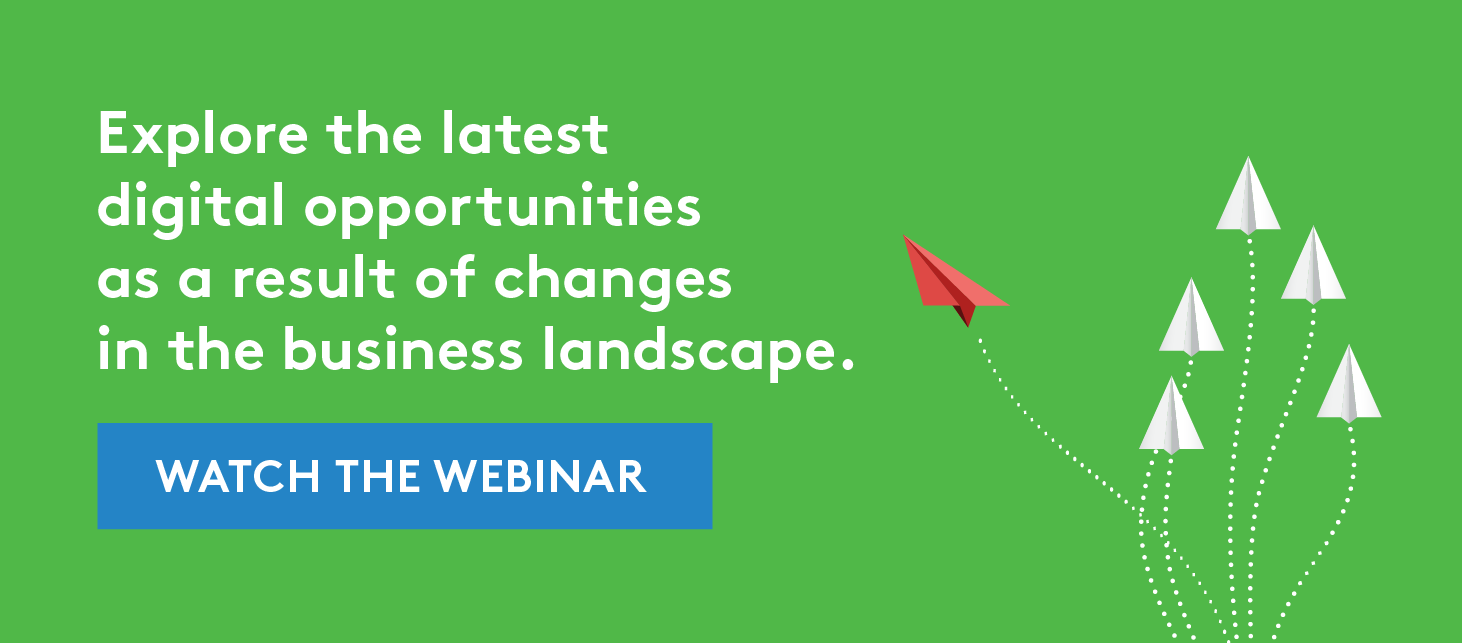After a recent lively one-on-one conversation with Greater Public CEO Joyce MacDonald, Vice President and General Manager of Jacobs Media, Paul Jacobs, answered some additional questions from station colleagues across the system about corporate support efforts in the wake of challenges from the past year.
Q: What are some best practices for operating public media outlets?
Jacobs: While I don’t have best practices to offer specifically, I can tell you that what used to be a much simpler task has grown significantly more complex in the past decade. The onset of digital, the aging of the core audience, the diversity of America, and new competitors all make operating a public radio significantly more challenging. Given this, I offer these suggestions:
- Embrace younger, diverse staff members. All media outlets, including public radio, tend to rely on old experienced hands (like me). But we know Millennials and even Gen Z have much different experiences and outlooks. To position your station for the future, get them into the conversation.
- Research the audience. One of the greatest things about digital platforms is that conducting ongoing audience surveys and Zoom focus groups is a lot easier. I find too many public radio stations don’t take the time to get real input from their audience and miss opportunities to serve.
- Stop thinking you are in the radio business. This impacts the type of people you hire, expectations of current staff (the human transformation is much more complex and painful than the digital transformation), and the way you redefine what success is (that’s the “radio as a platform” philosophy I discussed during the webinar).
- Take risks (but smart ones). In many cases, public radio stations don’t take advantage of the skills and talent in the building, and the relationships they have outside of the building. I would set aside time each quarter to truly explore what’s possible, and create some “science projects.” These don’t need to cost a lot, but can empower the staff to try new things, like a podcast, an Alexa skill, a mobile app concept, new content, etc. In the old days, “experimentation” required buying a new station for millions. Today, you can do it for a few thousand.
Q: We are trying to reach a younger audience, so some of the industries that have been traditionally strong for public radio might not be ideal. Any suggestions on how to target “younger” businesses?
Jacobs: This is such a hard question to answer. There are so many real and perceived barriers to appealing to younger-targeted businesses. And, let’s face it, the audience isn’t that young, so coming up with the right combination of sponsors plus the audience is a bit challenging.
You are probably not aware of this, but a portion of our business [at Jacobs Media] consults commercial alternative rock radio stations. Part of my role is helping their sales teams generate revenue. Each week I send out information about how traditionally older-targeted businesses like the ones I mentioned on the webinar recognize the importance of reaching Millennials, and they are allocating dollars in that effort. They tend to be real estate, banks, home improvement, businesses like that.
But the question is: Should a business targeting a younger demographic support a public radio station with a median-aged listener of around 57 years old? I think that’s a big ask and in general, I would advise that sponsor against it. But, if you’ve got a decent percentage of your audience below 45 or 50, you can make the case to a younger-targeted sponsor that they really can’t be reached elsewhere. So there’s that.
The other approach is to create younger-targeted content that doesn’t air on the radio, but lives on your website, mobile app, Alexa skill, etc. Then you can market that specifically to these types of sponsors. That actually might be the best approach, even though it’s a lot of work.
Watch this space as we share a series of these questions and answers over the next few weeks as part of efforts to continue dialog across the system about public media’s place within the changing media and sales landscape.










